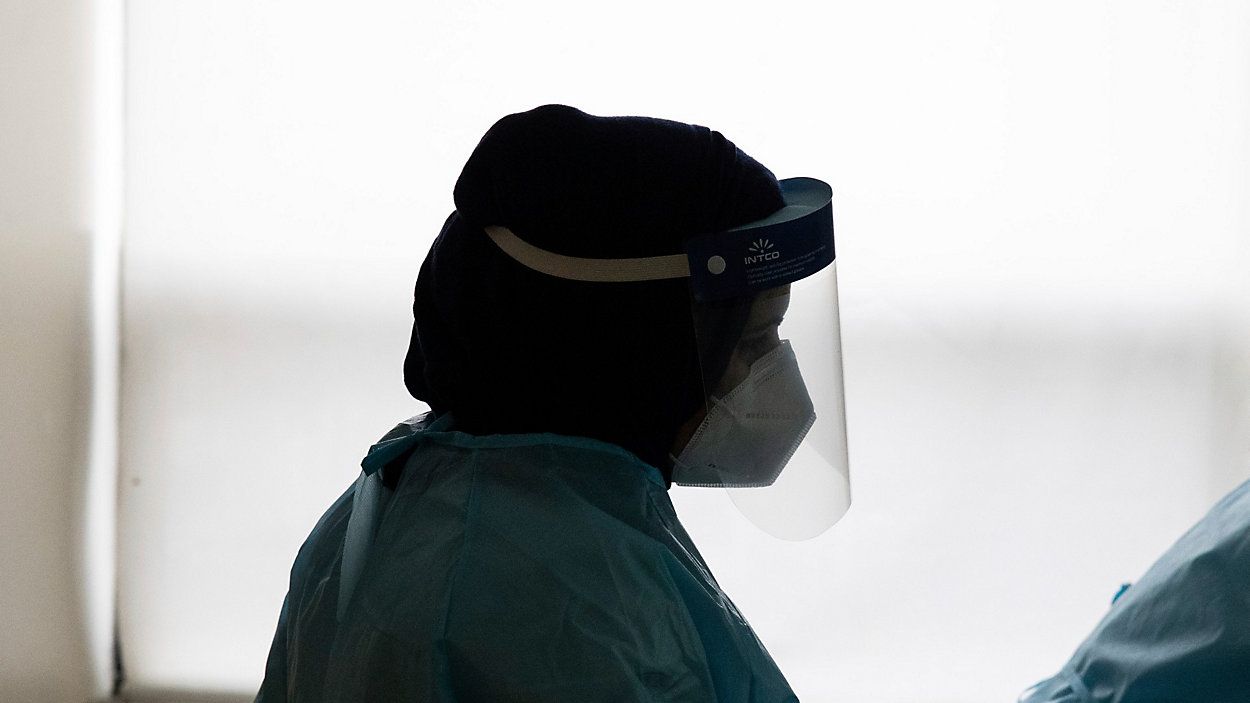For two hours on Wednesday, state lawmakers and aides to Gov. Andrew Cuomo discussed disclosure of deaths of nursing home residents during the pandemic -- information lawmakers and the public had sought since the summer. Assemblyman Ron Kim was on the heated Zoom call.
"There was a lot of shouting going on so, it was quite distracting," Kim said. "There was quite a bit of yelling and going back and forth when I was trying to get to the solutions."
State lawmakers had sought more data on the deaths of nursing home and long-term care facility residents since August of last year: What is the break down of people who have died in facilities? How many residents died of COVID-19 in hospitals?
That's information that has been sought by lawmakers and the Empire Center's health policy fellow Bill Hammond.
And in less than a month, a cascade of new data points have been released.
A report from Attorney General Letitia James last month found New York's method of counting nursing home and long-term fatalities likely led to an undercount of those who died during the pandemic. Health Commissioner Howard Zucker hours after the report released for the first time a break down of hospital and facility deaths.
Later, the Empire Center would win its lawsuit to have the state Department of Health disclose more granular data on deaths by facility.
And that heated Zoom meeting would also lead to, after six months, Zucker responding to questions raised by lawmakers in August. In that response, the Department of Health this week revealed more than 15,000 nursing home and long-term care facility residents have died during the pandemic, either in the facilities themselves or elsewhere.
"This is why we need transparency in government," said Sen. John Mannion, a Democrat from the Syracuse area. "Yes, it took pushing from a bunch of different reactions. But the people who lost their lives in the nursing homes and their families -- they deserve that transparency."
The Cuomo administration has contended the data as held by nursing homes and other facilities was difficult to parse to quickly release an accurate count. At the same time, a Department of Justice inquiry first made public six days after lawmakers sent letters requesting more information, and then the focus on the second surge of COVID-19 cases and vaccine distribution further pushed back the responses.
Many lawmakers from both parties on Friday were not mollified by this. Kim, a Queens Democrat who has been a vocal critic of the governor's handling of nursing homes, said it's important to move forward with fixes: a victim's compensation fund and furthering rescinding immunity for facilities during the early days of the crisis.
"We want honesty, we want transparency, we want the truth, but once we have those, let's move forward because time is of essence," Kim said. "We're still dealing with the situation and get to the solutions."


